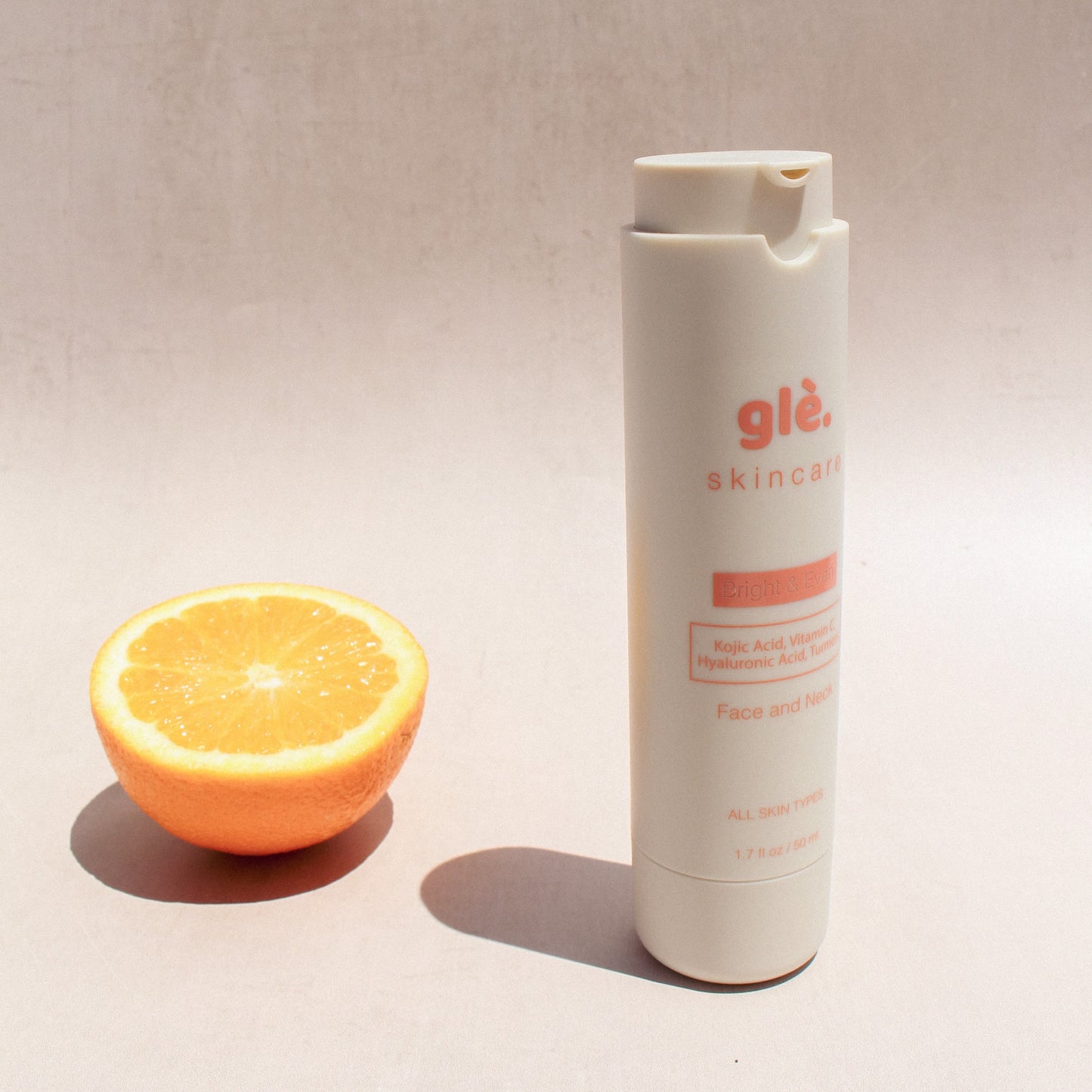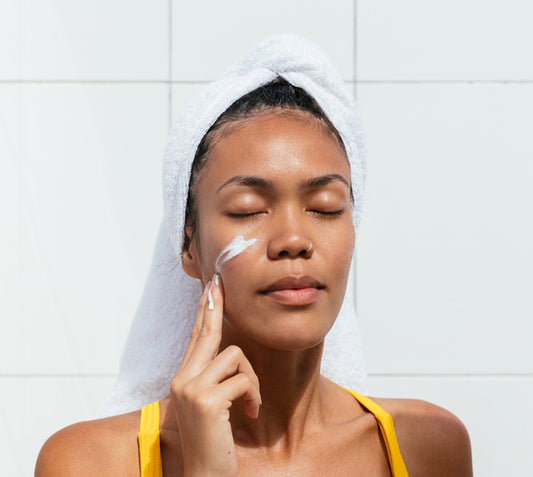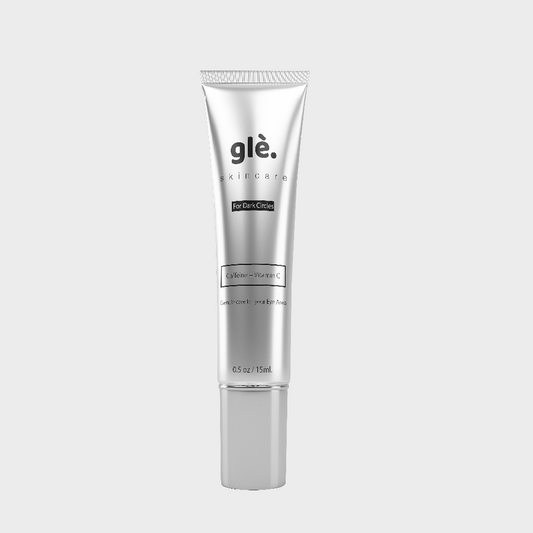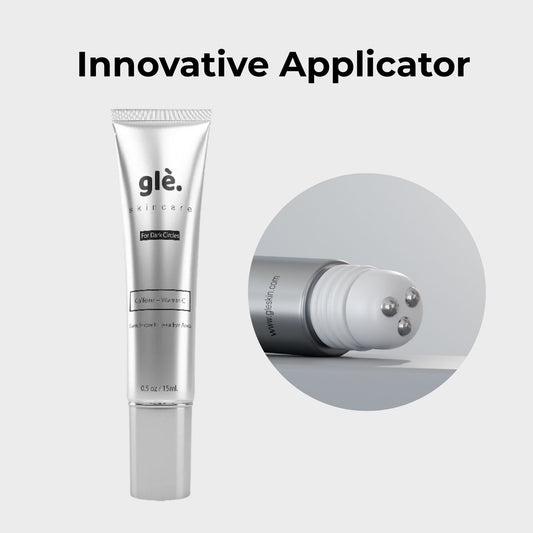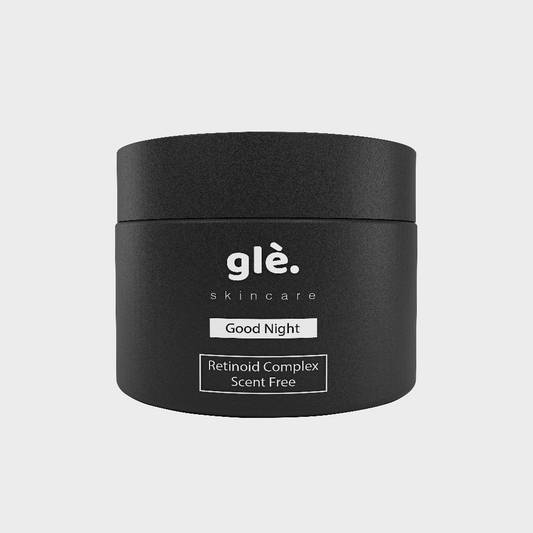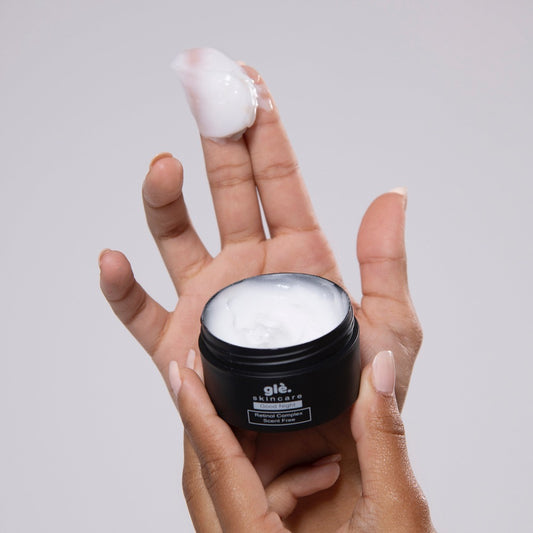You're well aware of prevalent acids like glycolic and salicylic in your beauty routine. Still, a hidden gem deserves its moment in the skincare spotlight, especially if you're aiming for a brighter, more even complexion.
Kojic Acid
Kojic acid is a naturally-derived ingredient that often goes unnoticed. Derived from mushrooms, kojic acid is highly effective in fading hyperpigmentation and discoloration, commonly known as dark spots.
Not only does kojic acid excel on its own, but it also works synergistically with other lightening ingredients and offers antioxidant properties. In the following sections, experts will delve into the mechanisms and benefits of kojic acid, recommend who can benefit from its use, and provide insights on exceptional products to try.
| Kojic Acid: | Unveiling Its Potential |
| Type of Ingredient: | Skin brightener |
| Main Benefits: | Kojic acid inhibits the enzyme responsible for melanin production, effectively fading dark spots and discoloration. Additionally, it offers antioxidant protection. |
| Frequency of Use: | The frequency depends on the product's concentration and other ingredients. In general, it can be used daily. |
| Works Well With: | Studies have shown that kojic acid complements and enhances the effects of Glycolic acid and hydroquinone, Vitamin C, and Hyaluronic Acid. |
| Not Recommended With | While combining kojic acid with other brightening and exfoliating ingredients can be beneficial, it may also increase the risk of excessive dryness or irritation. It is advised to exercise caution when introducing products containing kojic acid and other actives, gradually allowing the skin to adjust. |
Understanding Kojic Acid
As previously mentioned, mushrooms serve as the source of kojic acid. It is a byproduct derived from various fungi. It is also produced through the fermentation process of certain Asian foods, such as soy sauce and rice wine. Unlike other acids that exfoliate the skin by dissolving cell bonds, kojic acid inhibits pigment production. It also exhibits excellent compatibility with other skin-lightening ingredients, most notably the highly-regarded hydroquinone commonly prescribed by dermatologists.
Dermatologists often combine Kojic acid with Vitamin C to create a potent lightening agent. However, kojic acid can also stand alone as an effective alternative for those who cannot tolerate or prefer not to use hydroquinone. It is less likely to cause an overly-white appearance of the skin, making it a good option for people with darker complexions who would be more prone to extreme lightening with other ingredients.
The Benefits of Kojic Acid for Skin
Kojic acid primarily targets spot-fading and skin brightening, but it possesses other remarkable qualities.
Inhibition of Melanin Production: The complex pathway leading to excess melanin or pigment, resulting in dark spots, revolves around an enzyme called tyrosinase. Kojic acid effectively blocks the UV activation of tyrosinase, thus limiting melanin production. This property makes it beneficial for lightening existing sunspots, photodamage, acne scarring, and melasma.
Antioxidant Activity: Kojic acid acts as a scavenger, countering skin-damaging free radicals caused by UV damage and pollution. This improves overall skin tone and positions it as a valuable anti-aging ingredient.
Appropriate Usage Guidelines
For highly sensitive skin, start with a cautious approach and refrain from daily use. Instead, gradually introduce kojic acid-based products into your skincare routine, limiting application to once or twice per week to gauge your skin's tolerance to the ingredient. It is worth noting that prolonged use of kojic acid can potentially increase your skin's sensitivity to sunlight. Therefore, incorporating daily sunscreen into your skincare regimen is crucial, mainly when using products containing kojic acid.


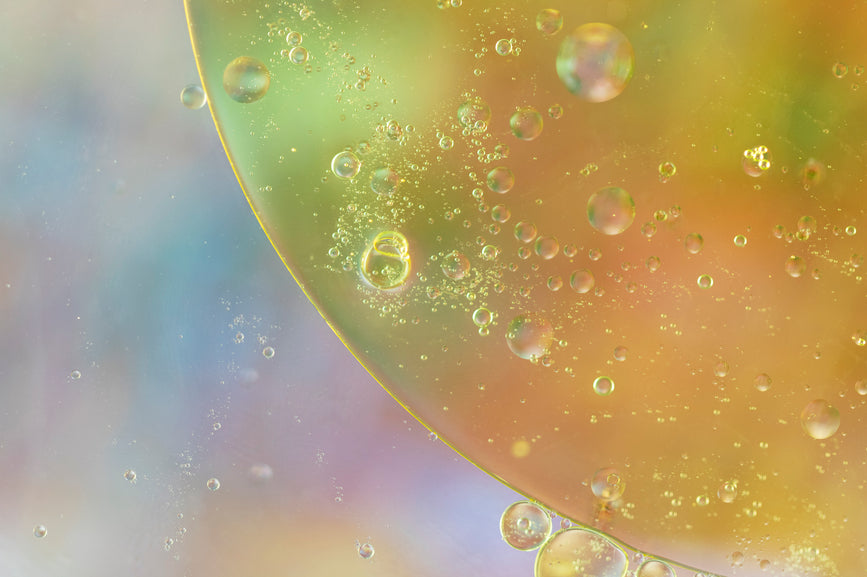
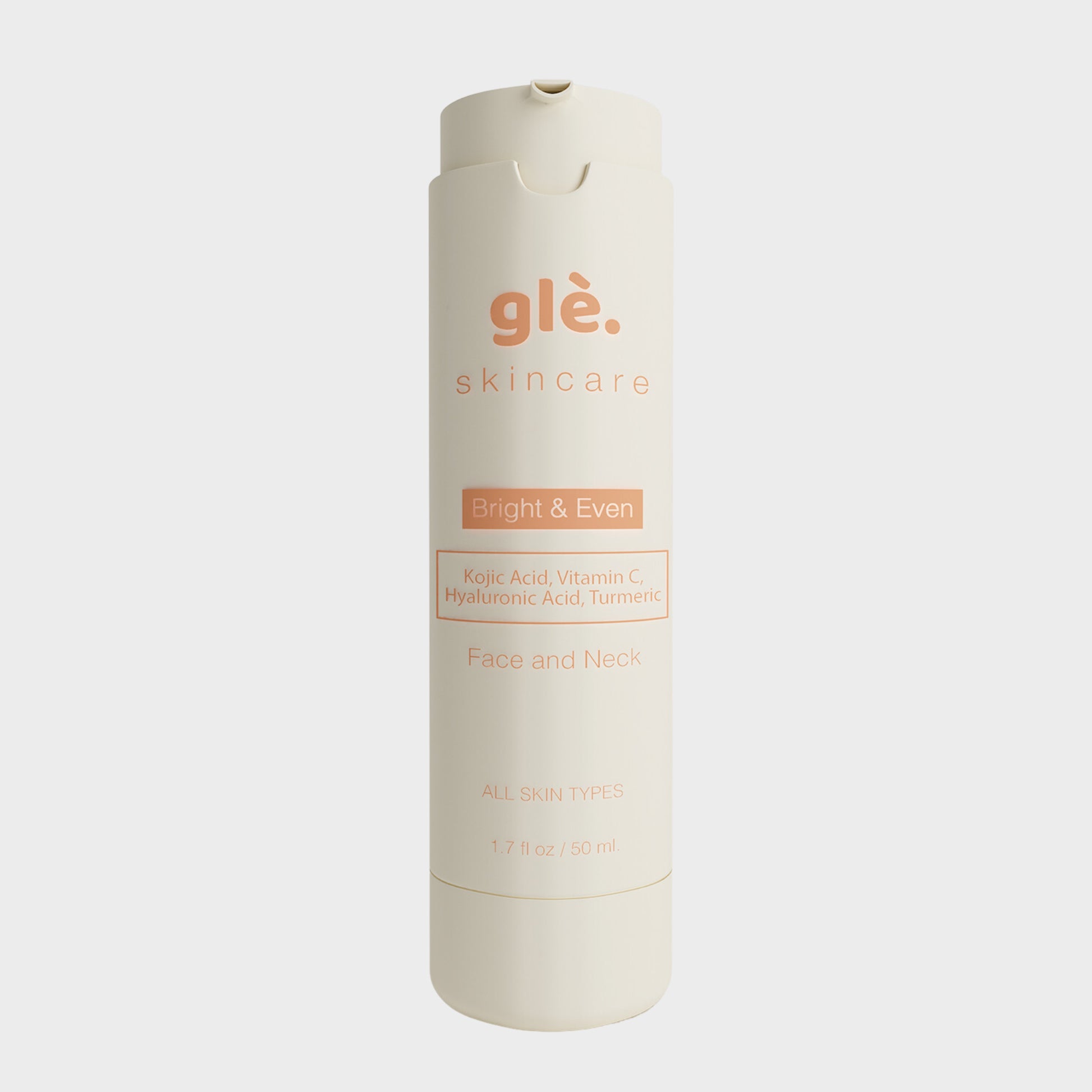
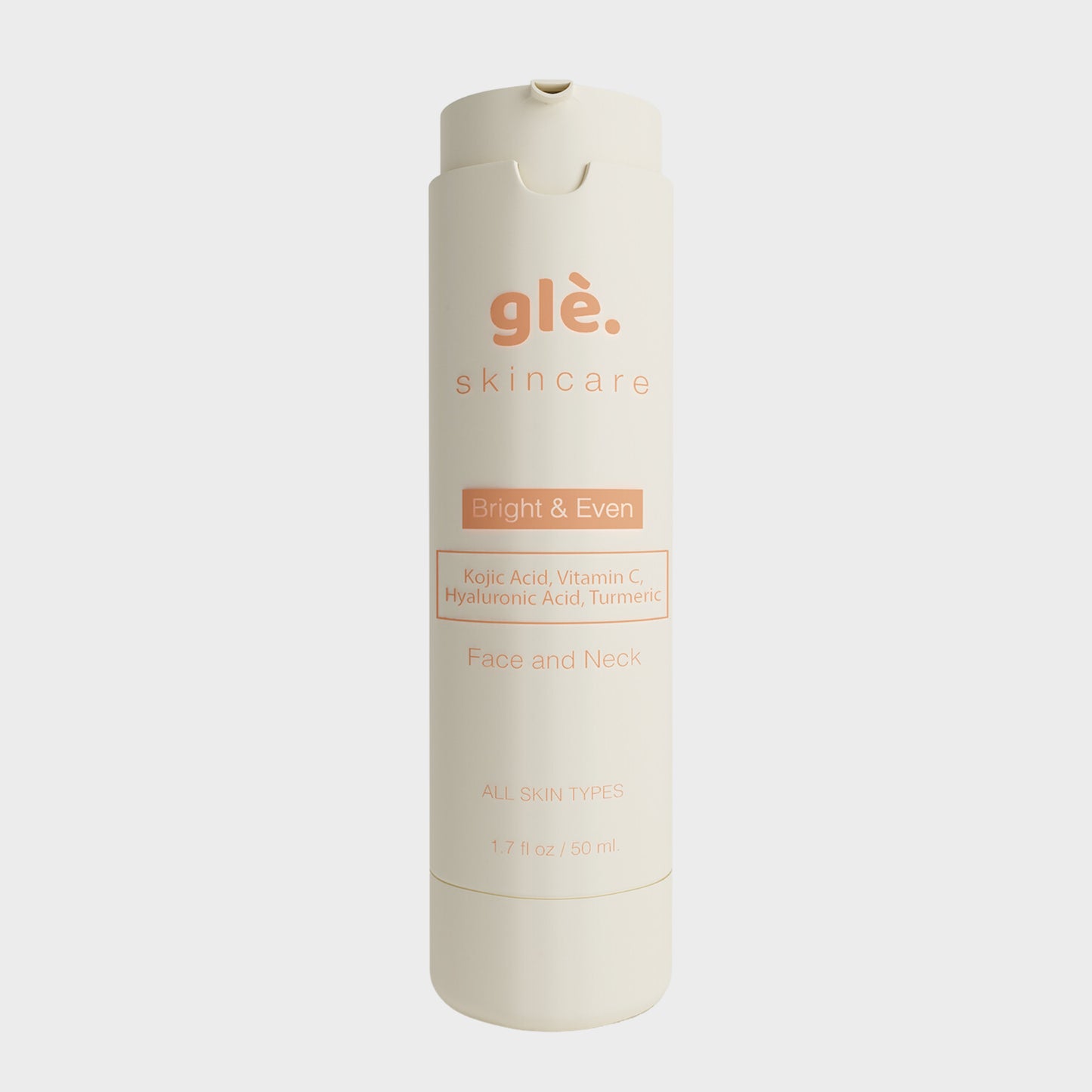
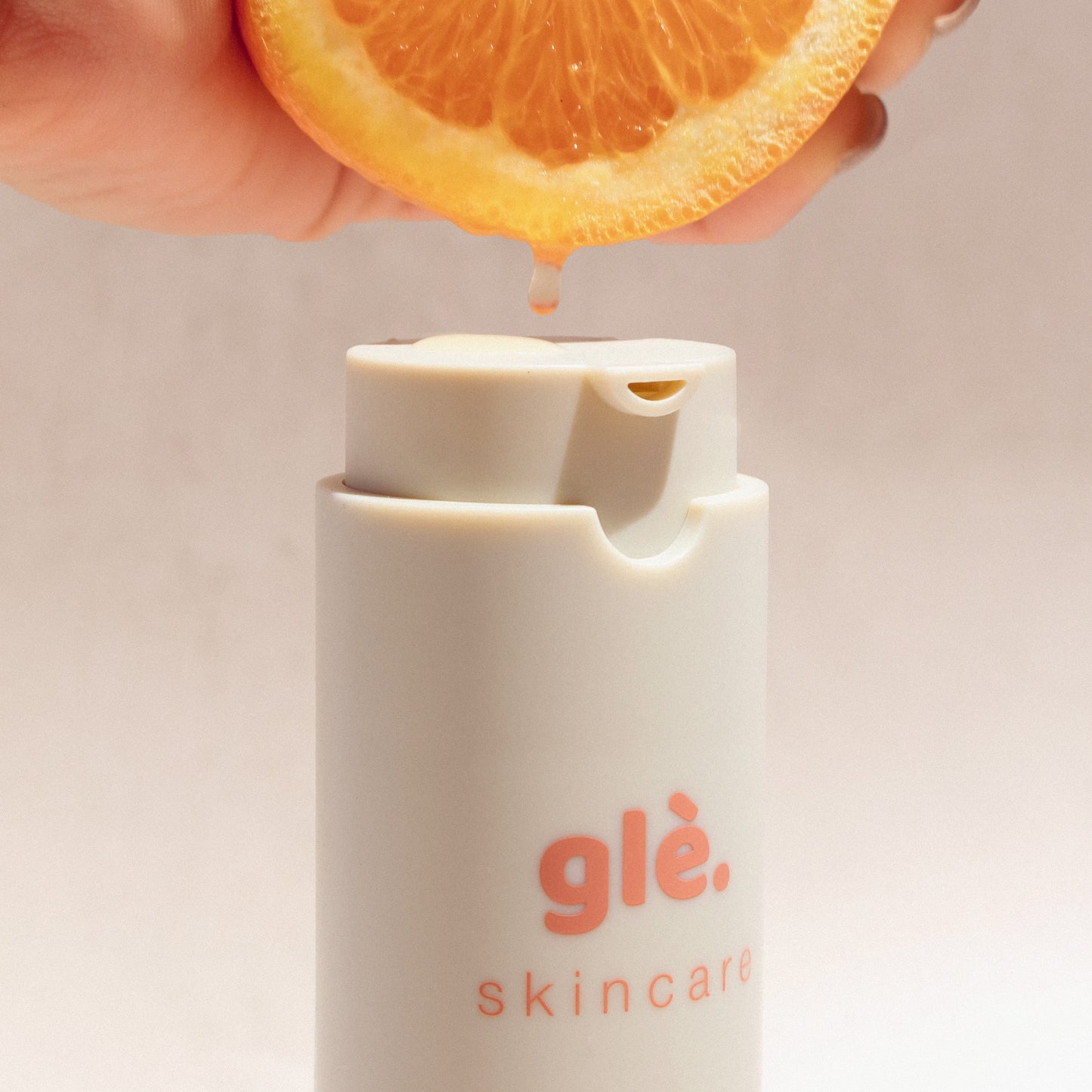
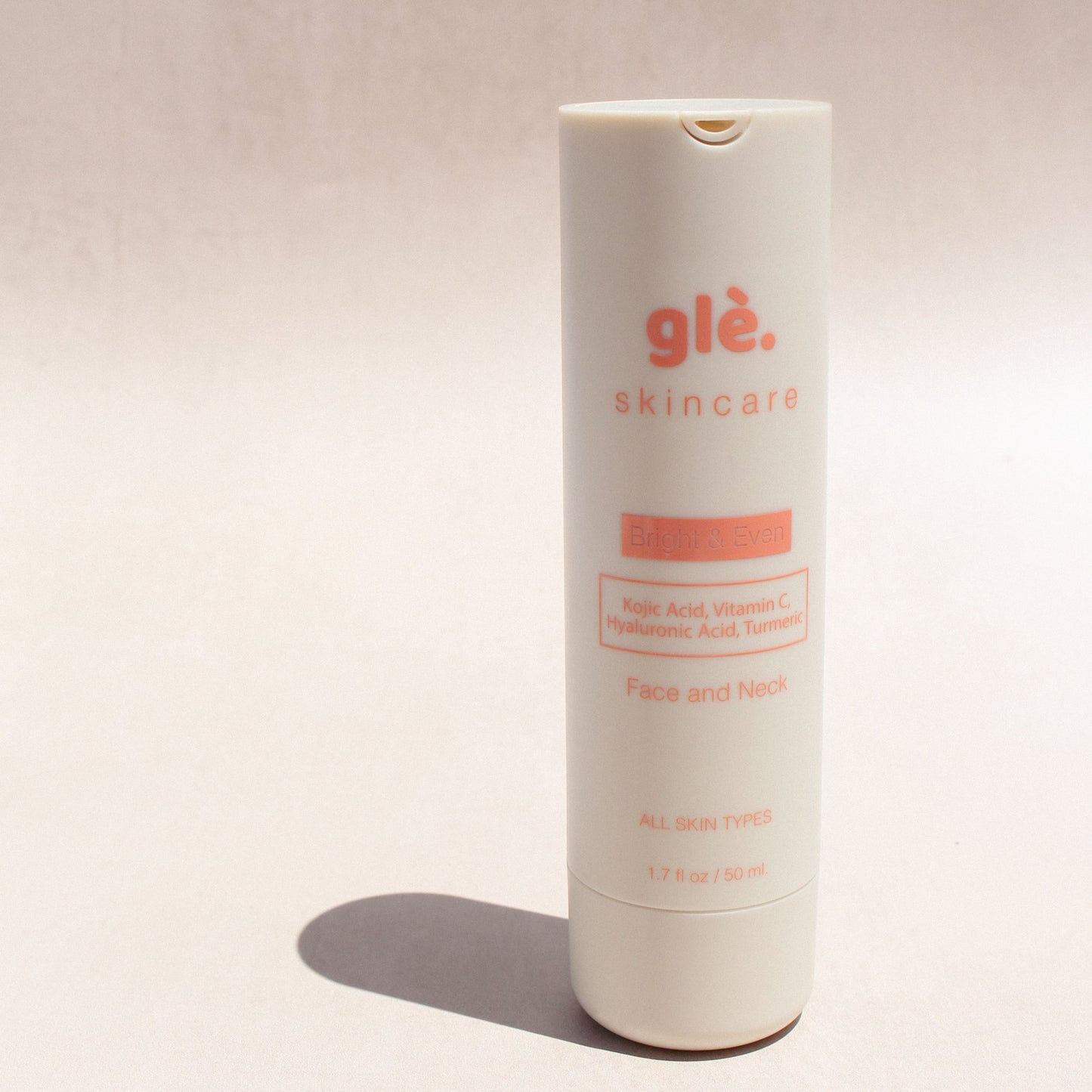
![Skin Brightening Facial Serum with Kojic Acid, Vitamin C and Turmeric - [Gle Skincare]](http://gleskin.com/cdn/shop/files/skin-brightening-facial-serum-before-aftercopy.webp?v=1683753261&width=1445)
